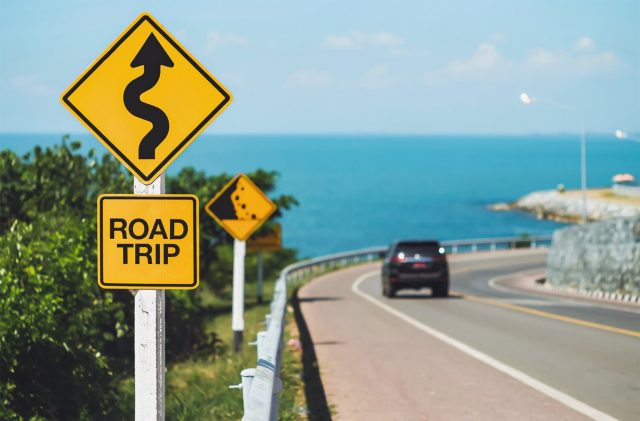Rainey Blanchette loves this time of year because it is almost road trip season. After a winter season of hitting all the snowboard sales, Americans nationwide will hit the road to travel this summer. While everyone loves a good road trip, it can be brought to an unfortunate and unexpected halt when the vehicle isn’t up for the challenge. Today, Rainey Blanchette will offer some essential tips to help anyone looking to ensure their car is ready for the long road ahead.
Rainey Blanchette recommends having a car serviced before a long road trip. This usually starts with an oil change. We all used to get our car’s oil changed every 3,000 miles, but as the technology in cars has improved, some vehicles don’t require an oil change for up to 10,000 miles. Reading the car’s specific driver’s manual will give any motorist the recommended time between oil changes. Delaying an oil change before a road trip can be devastating, as severe damage to a vehicle can occur when vital components like the pistons and crankshaft aren’t appropriately lubricated. Those who will hit the mile limit of an oil change while on their road trip should always play it safe and have the car’s oil changed before hitting the road.
Rainey Blanchette notes that oil is just one of the many essential fluids in a vehicle. For instance, radiator fluid keeps the engine cool and prevents overheating. Long road trips ask a lot of a car, so keeping the radiator fluid topped off throughout the trip is important. Those who aren’t as into cars as Rainey Blanchette may not realize how essential brake fluid is to the braking process. The fluid compresses the brake lines and forces the brake pads to clamp down on the rotors to slow the car down. Warning signs of issues with brake fluid include a brake pedal providing a different feel or loud squeaking occurring whenever pressure is applied to the brake pedals.
Modern cars are much easier to drive thanks to power steering. If a steering wheel is no longer responding as easily as it usually does, be sure to ask your mechanic to check in on the power steering fluid. This fluid is typically in need of a change every 50,000 miles. Finally, the windshield is going to get dirty on a long drive. Ensure the windshield wiper fluid is topped off to be used as intended during the ride.
Rainey Blanchette notes that tire quality is essential for any vehicle, especially when it is asked to drive long miles on a road trip. Quality tires that are the proper air pressure levels can help with fuel efficiency that comes in handy for anyone looking to limit their stops at the pump. Once again, Rainey Blanchette recommends checking the driver’s manual to understand the proper air pressure for a car’s tires. There are cheap tools available that allow drivers to check air pressure – and more modern vehicles will even provide air pressure levels on the dashboard. Tires will wear at different rates, so rotating the tires every 5,000 miles is standard practice. If tire tread is noticeably worn down, it is time to get tires rotated at the shop. If tires look completely worn down, usually after the 50,000 mile mark, it’s time to get completely new tires.
Once a vehicle has undergone general maintenance and all essential fluid levels have been checked, Rainey Blanchette recommends mapping out the best driving route in advance. Modern phone apps can provide directions, but you never know when technology could fail. This is also why Rainey Blanchette recommends keeping an emergency kit in the vehicle. Ideally, a phone charger will also be in the vehicle so help can be called in the event of an unforeseen accident.
The hope is that all of these preventative measures will make it possible to enjoy a road trip that is as stress-free as possible. Rainey Blanchette wishes everyone safe travels, and he can’t wait to hit the road for his own road trip this summer.









